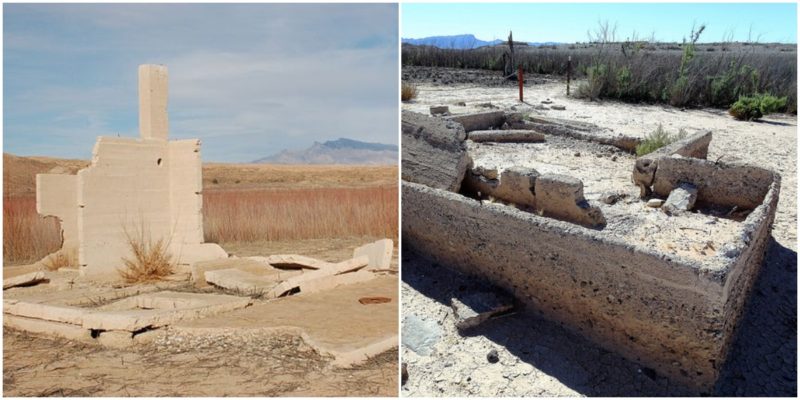The town of St. Thomas was founded in 1865 by Mormon settlers at the point where the Muddy and Virgin Rivers join, the site that is today Lake Mead. It is part of what became known as the Muddy Mission – in a push to expand Mormon territories out of the arid Salt Lake Valley, pioneers were encouraged to establish new colonies along the Muddy River Valley to provide fertile lands for their growing community. The soil around the town was a prime farming spot and a very rich one.
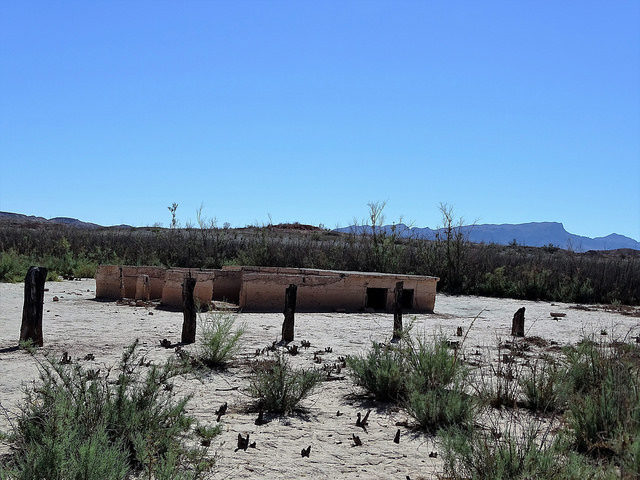
The Mormon settlers were not the first people to live in this region as this area was once home to the ancient Native American Puebloan and Basket-Maker cultures. Many artifacts from what was the largest Pueoblo city to have been discovered by archaeologists, as well as a recreation of authentic Pueblo dwellings, are now exhibited at the Lost City Museum in Overton.
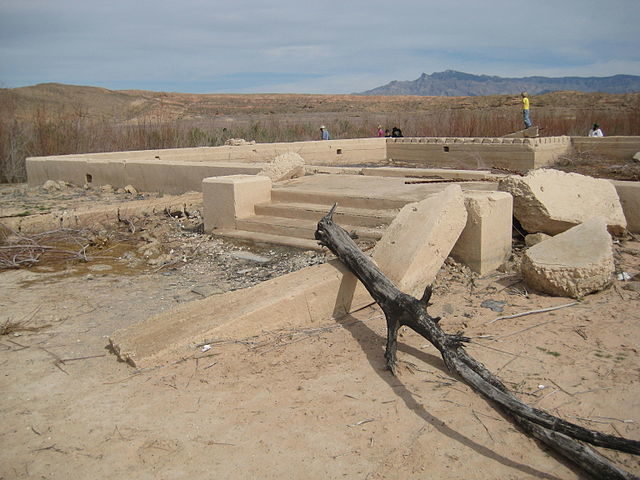
After settling, the Mormons started to work the land. But, unfortunately for them, a Public Land Survey of the east boundary of Nevada indicated that previous measurements of the line of longitude it was supposed to follow were incorrect. New observations and calculations were made and, in 1866, Congress declared that the boundary be moved. St. Thomas, once within the territory of Utah, was now within the borders of Nevada.
In 1871, rather than pay the five years of back-taxes–payable only in gold–demanded by the state of Nevada, the Mormons decided to leave the town. St. Thomas was almost entirely abandoned, but one family named Bonelli decided to continue to live there. All of the rest burned down their homes, abandoned what new crops they had planted and moved to Salt Lake City, Utah.
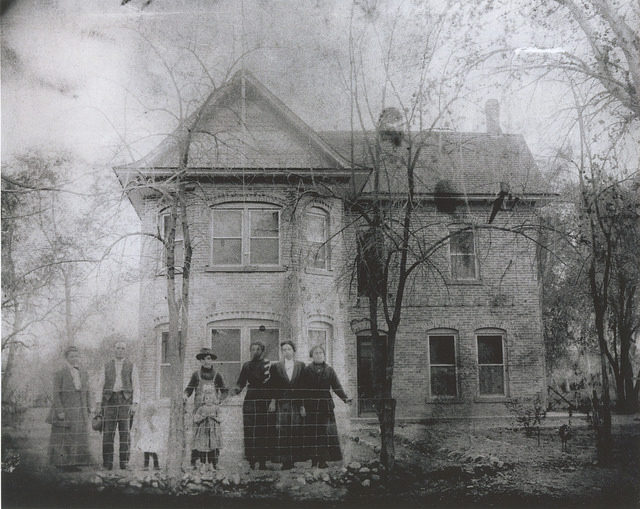
Somewhere in the 1880s people began to arrive and settle at the burned down town site. Most of them right after discovering the soil is good for farming decided to make St. Thomas their permanent place of residence. In the 1890s the town reached it’s peak population with something above 500 people.
A small community like that required and managed to build a school, church, post office, couple of grocery stores with a soda fountain, and even several garages for the great new invention–the automobile. Although St. Thomas didn’t have electricity or indoor plumbing, the diaries of the former townsfolk share their simple and happy way of life.
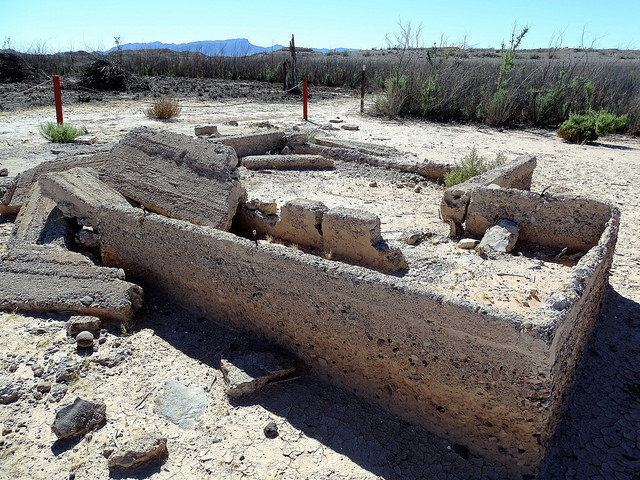
Troubles for the happy little town of St. Thomas started in 1928 with the singing of the bill that would authorize the construction of Hoover Dam (formerly Boulder Dam). The reservoir formed by this huge dam would subsequently became known as Lake Mead. It’s creation meant that the areas around the Muddy and Virgin Rivers would be flooded, including St. Thomas.
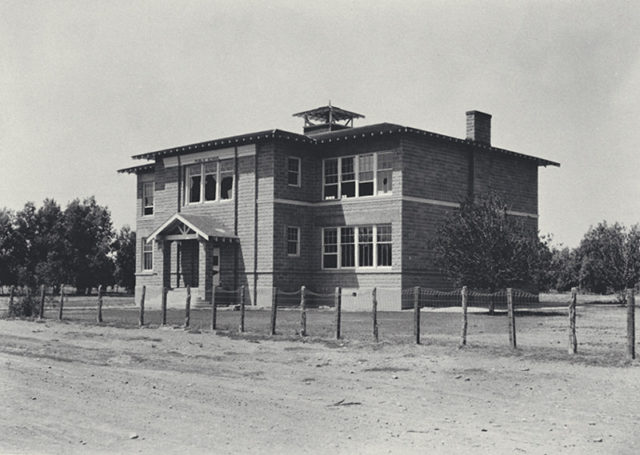
There was no alternative. Although some tried to oppose the plans, the residents of the town had to relocate. The government reimbursed them for the property and lands they had to leave behind. And in 1935 Lake mead started to grow, filled with the waters blocked by the Hoover Dam.
The last resident, the one who tried to milk the whole town experience, or just wanted to feel how it is to live in Venice, was a man named Hugh Lord. He had a boat tied up in front of his home, and when the water finally reached him in 1938 he just paddled away. At the high water mark, the town of St. Thomas found itself slightly over sixty feet below surface.
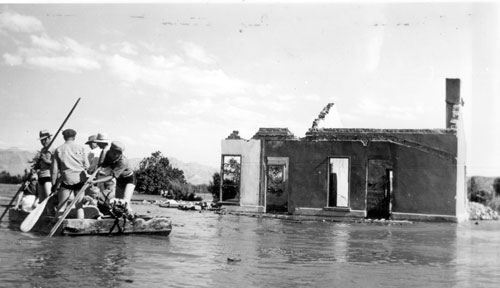
With the irregular falling and rising of the lake waters and drought troubles in Nevada, the town of St. Thomas has arisen from the depths of Lake Mead several times and it is pretty much dry now in 2018. It has become a sort of tourist attraction and is a great place for walking, however locals and hiking enthusiasts warn tourists not to go there on a hot day and take lots of water.
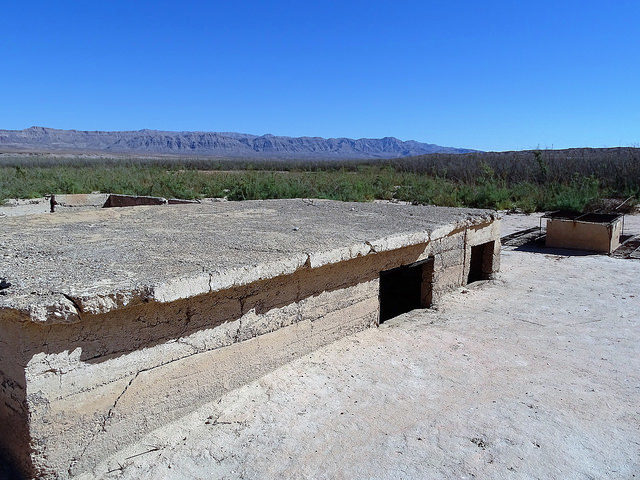
Reunions of former residents and their families have taken place while the town was exposed, in 1945, 1963, and 2012. The old settlers meeting again and talking about how things were, where are they now and sharing the nostalgia.
